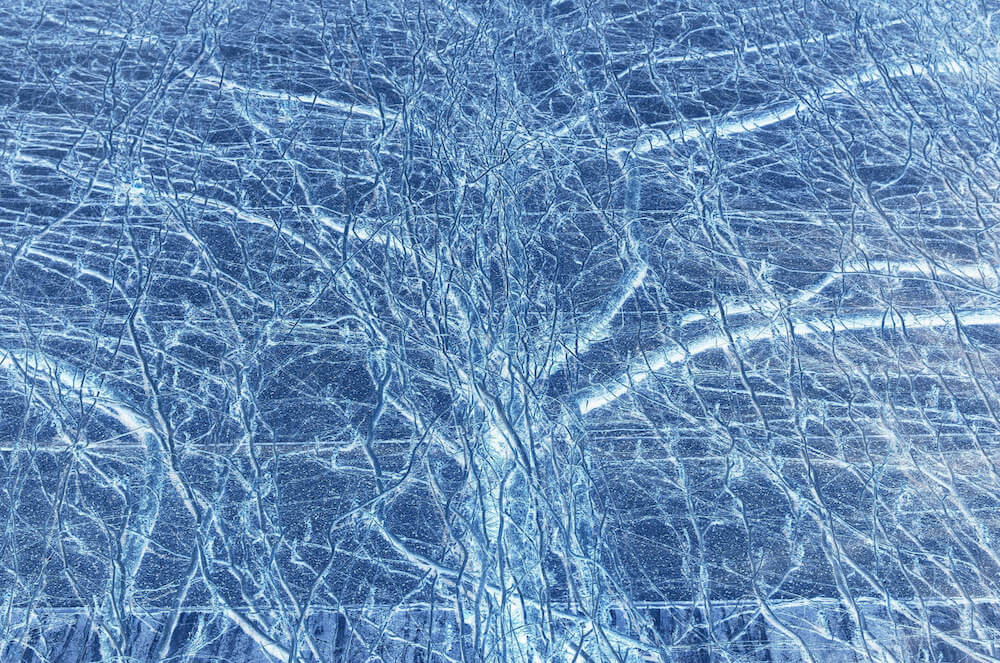Record from 1 million neurons: new plans DARPA
The other day IEEE Spectrum talked about the new DARPA order. He is part of a thematic program on neuro-engineering and the development of relevant systems that the Office is engaged in.
 / photo gomessda CC
/ photo gomessda CC
The NESD (Neural Engineering System Design) program was launched in early 2016. Its goals and objectives include the development of implanted neural interfaces of a new generation (up to 1 cubic centimeter in volume).
')
This is a rather high bar, the achievement of which requires significant progress in a number of related disciplines such as neurology, synthetic biology, work on low-power electronics and real “breakthroughs” in other related fields of scientific activity.
At the moment, there are not even close analogues of such a neural interface, which could boast the possibility of processing a signal of at least thousands of neurons. The main work, which was carried out in this direction, was focused around the topic of robotic prostheses. In this area, it was possible to adjust the reception and processing of the signal from just a few hundred neurons.
Management stresses that 1 million is just the beginning. The human brain contains approximately 86 billion neurons. This value has not yet been discussed, but at a practical level, recording a signal from such a number of sources does not make any sense. The study of complex processes associated with the work of the brain, and the development of neural interfaces will go in an iterative mode.
A government grant for the implementation of NESD tasks was distributed among a number of teams. For example, Paradromics startup will develop the Neural Input-Output Bus (NIOB). According to the statements of the project management, a plan to “support” 1 million neurons will be implemented.
From a practical point of view, such developments mean significant progress in therapeutic procedures. Developments like NIOB will allow data to be obtained from brain regions responsible for processing audio signals. Practicing in this niche will make it possible to significantly clarify how the brain operates with semantic structures of a higher level. For example, “decode” the process of perception of musical works, where the performer’s voice and music are “combined” into a single composition.
A similar approach to collecting data on “neurogroups” (neurograins) is practiced by the team (participant of NESD) at Brown University, one of the most prestigious educational institutions in the United States. The main problem that scientists will have to face is the development of a high-performance system linking tens of thousands of neuro-clusters among themselves.
As part of this project, not only the impermeability and safety of the implant itself is to be solved, but also work with significant amounts of data obtained using the neurointerface, plus the tasks of not only “output”, but also “input” of data using the developed neurointerface.
 / photo gomessda CC
/ photo gomessda CCWhat else do we write in the First Corporate IaaS Blog?
The NESD (Neural Engineering System Design) program was launched in early 2016. Its goals and objectives include the development of implanted neural interfaces of a new generation (up to 1 cubic centimeter in volume).
')
This is a rather high bar, the achievement of which requires significant progress in a number of related disciplines such as neurology, synthetic biology, work on low-power electronics and real “breakthroughs” in other related fields of scientific activity.
At the moment, there are not even close analogues of such a neural interface, which could boast the possibility of processing a signal of at least thousands of neurons. The main work, which was carried out in this direction, was focused around the topic of robotic prostheses. In this area, it was possible to adjust the reception and processing of the signal from just a few hundred neurons.
Management stresses that 1 million is just the beginning. The human brain contains approximately 86 billion neurons. This value has not yet been discussed, but at a practical level, recording a signal from such a number of sources does not make any sense. The study of complex processes associated with the work of the brain, and the development of neural interfaces will go in an iterative mode.
A government grant for the implementation of NESD tasks was distributed among a number of teams. For example, Paradromics startup will develop the Neural Input-Output Bus (NIOB). According to the statements of the project management, a plan to “support” 1 million neurons will be implemented.
From a practical point of view, such developments mean significant progress in therapeutic procedures. Developments like NIOB will allow data to be obtained from brain regions responsible for processing audio signals. Practicing in this niche will make it possible to significantly clarify how the brain operates with semantic structures of a higher level. For example, “decode” the process of perception of musical works, where the performer’s voice and music are “combined” into a single composition.
The universal nature of the tire will make it possible to work with other parts of the brain - this will require appropriate software.
A similar approach to collecting data on “neurogroups” (neurograins) is practiced by the team (participant of NESD) at Brown University, one of the most prestigious educational institutions in the United States. The main problem that scientists will have to face is the development of a high-performance system linking tens of thousands of neuro-clusters among themselves.
As part of this project, not only the impermeability and safety of the implant itself is to be solved, but also work with significant amounts of data obtained using the neurointerface, plus the tasks of not only “output”, but also “input” of data using the developed neurointerface.
Source: https://habr.com/ru/post/332828/
All Articles